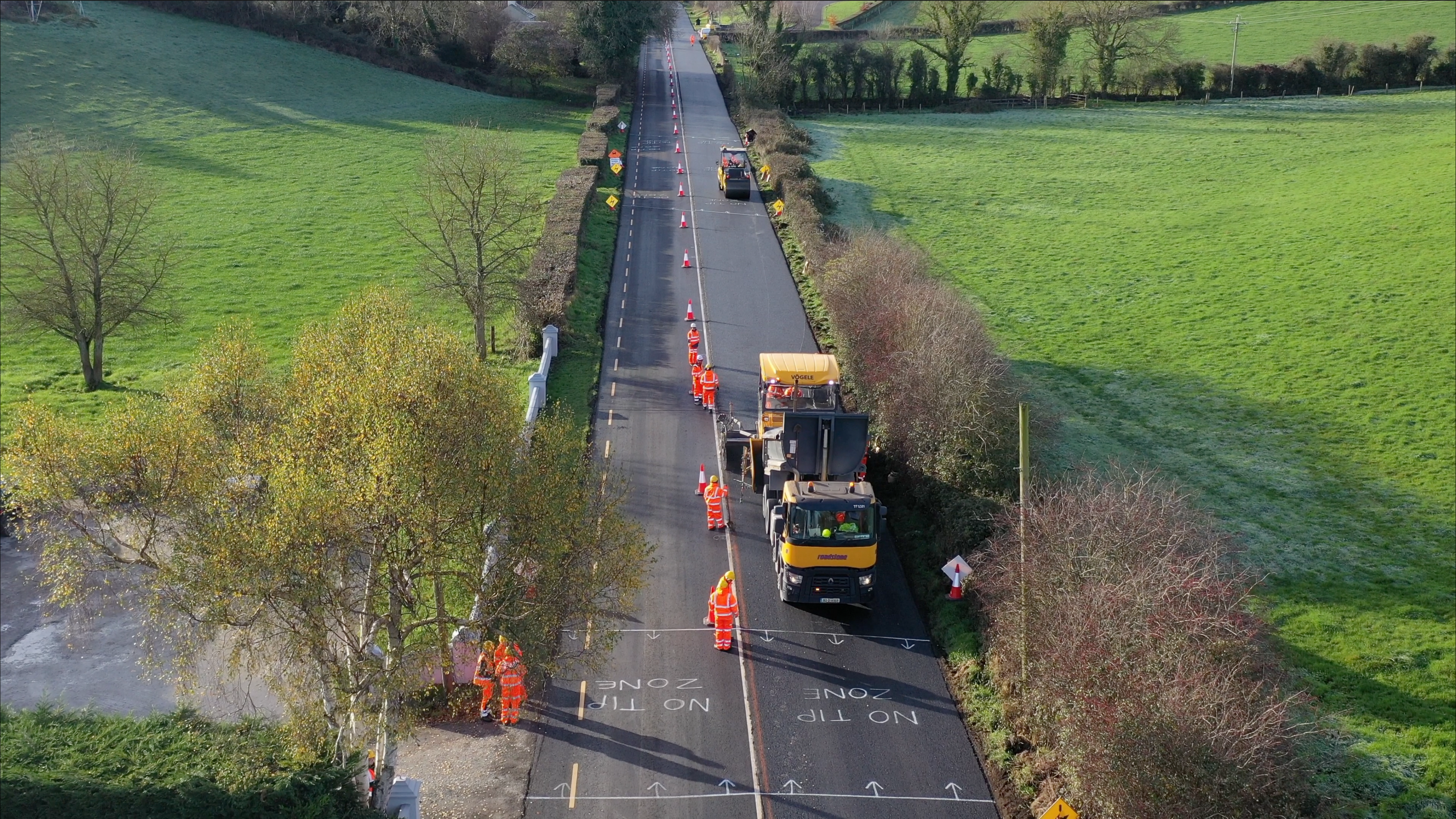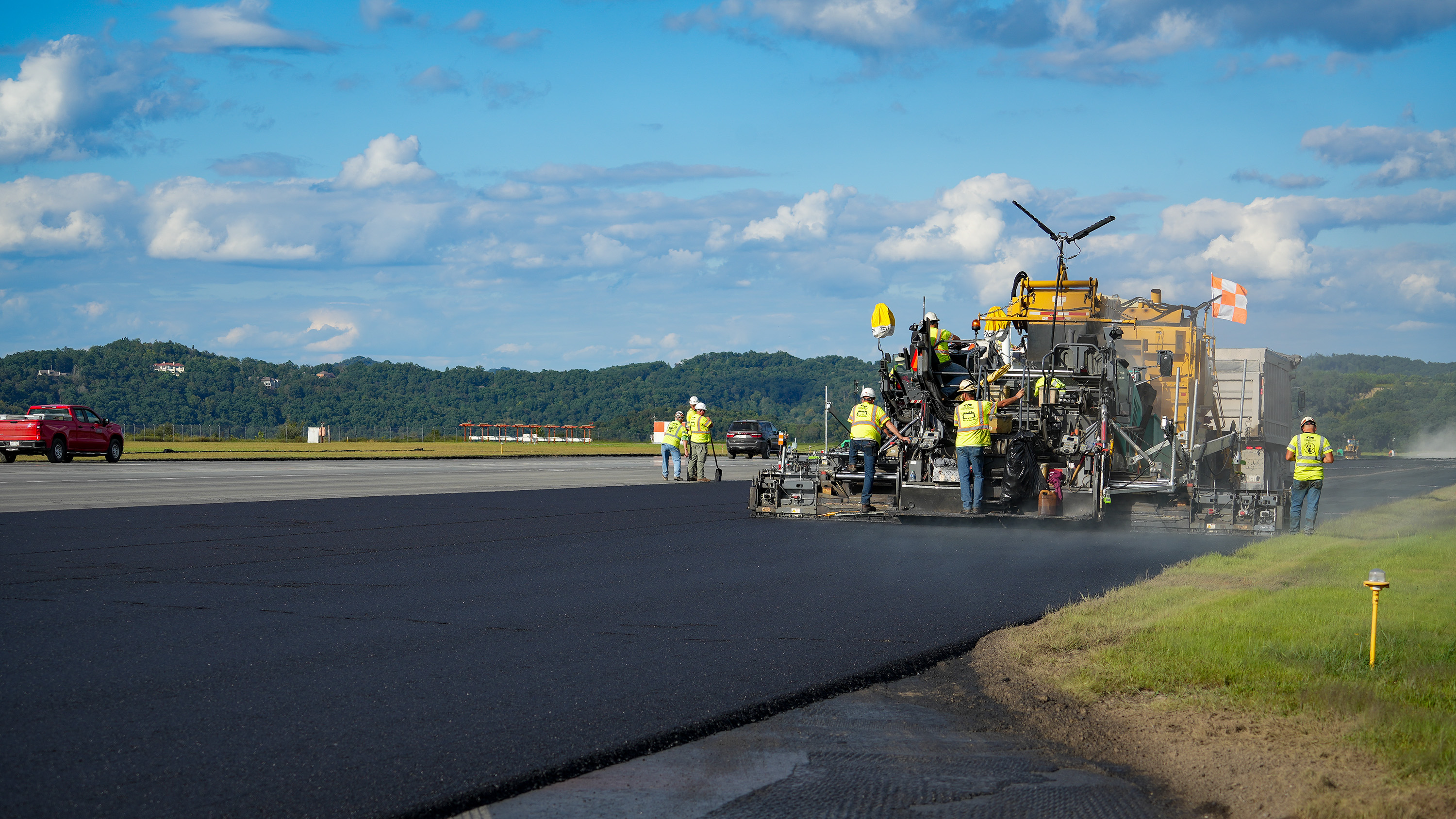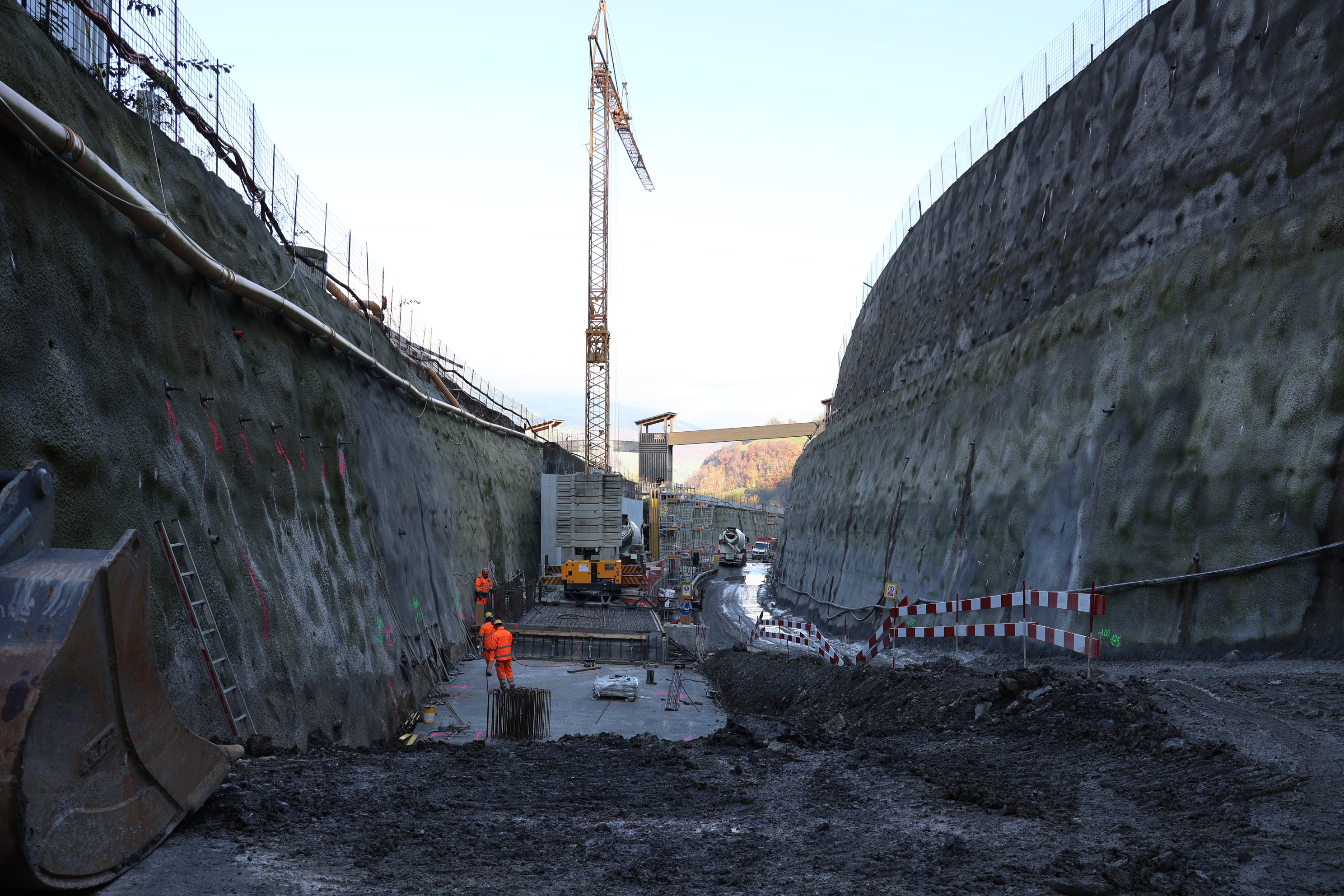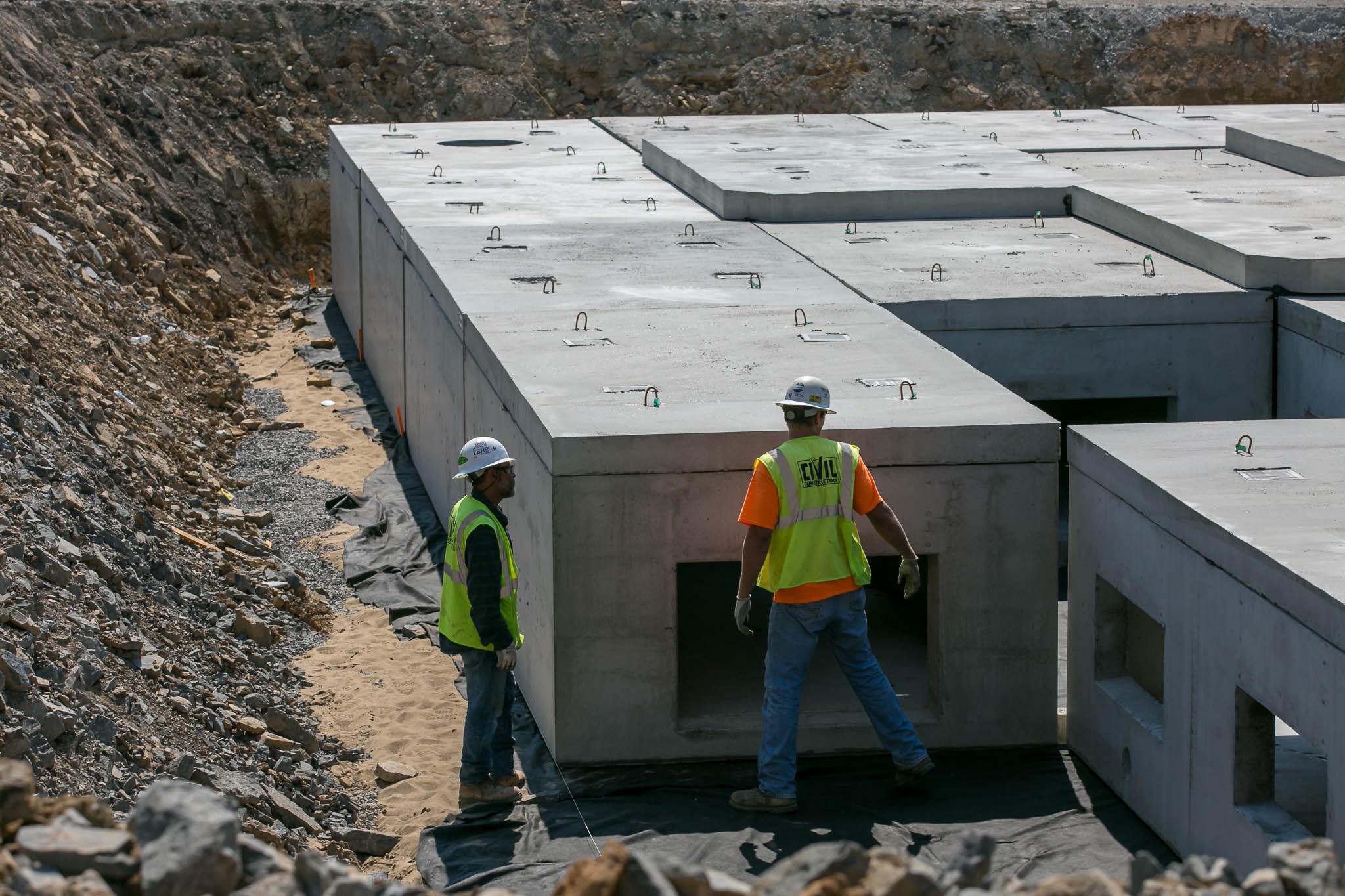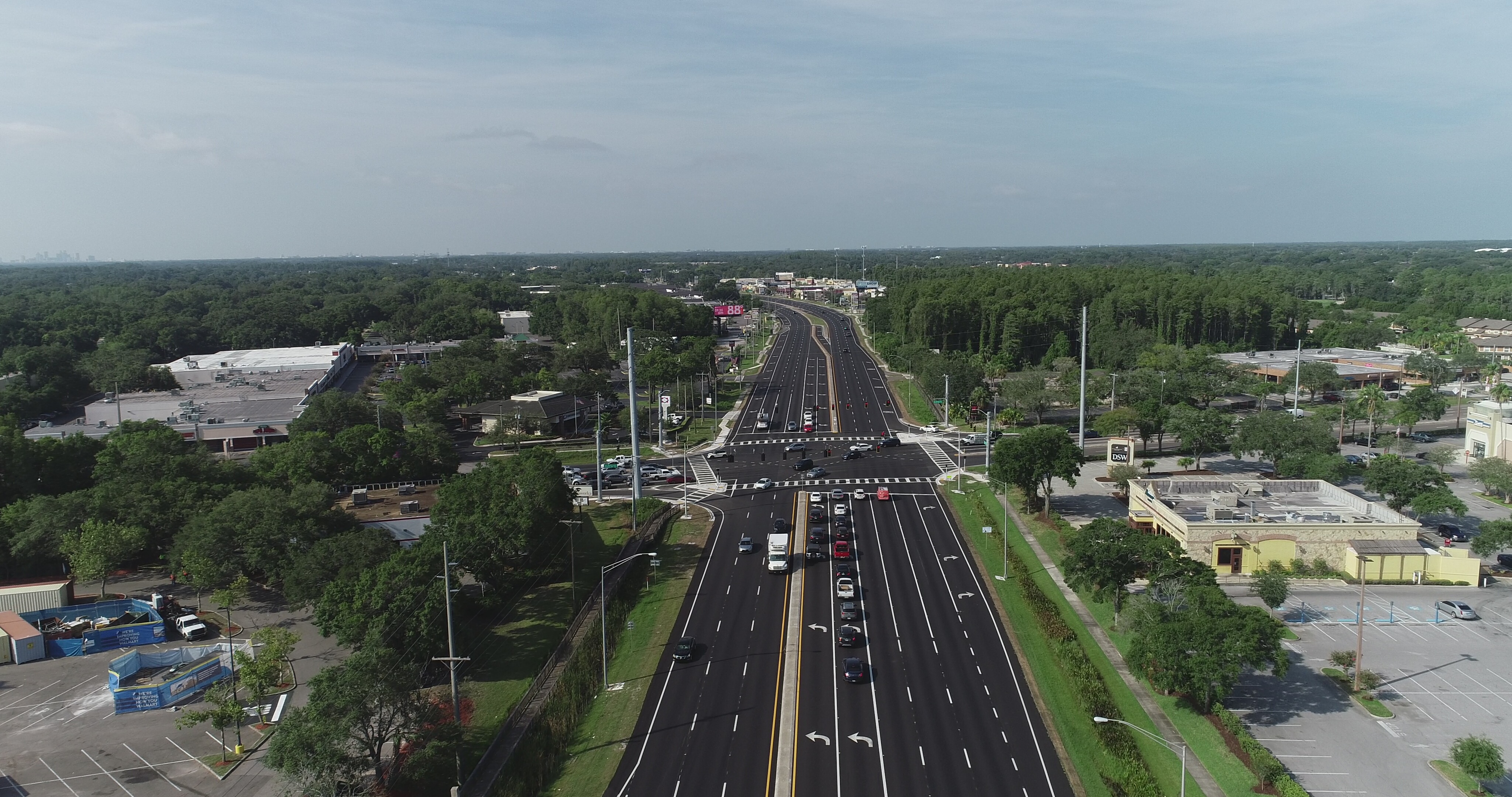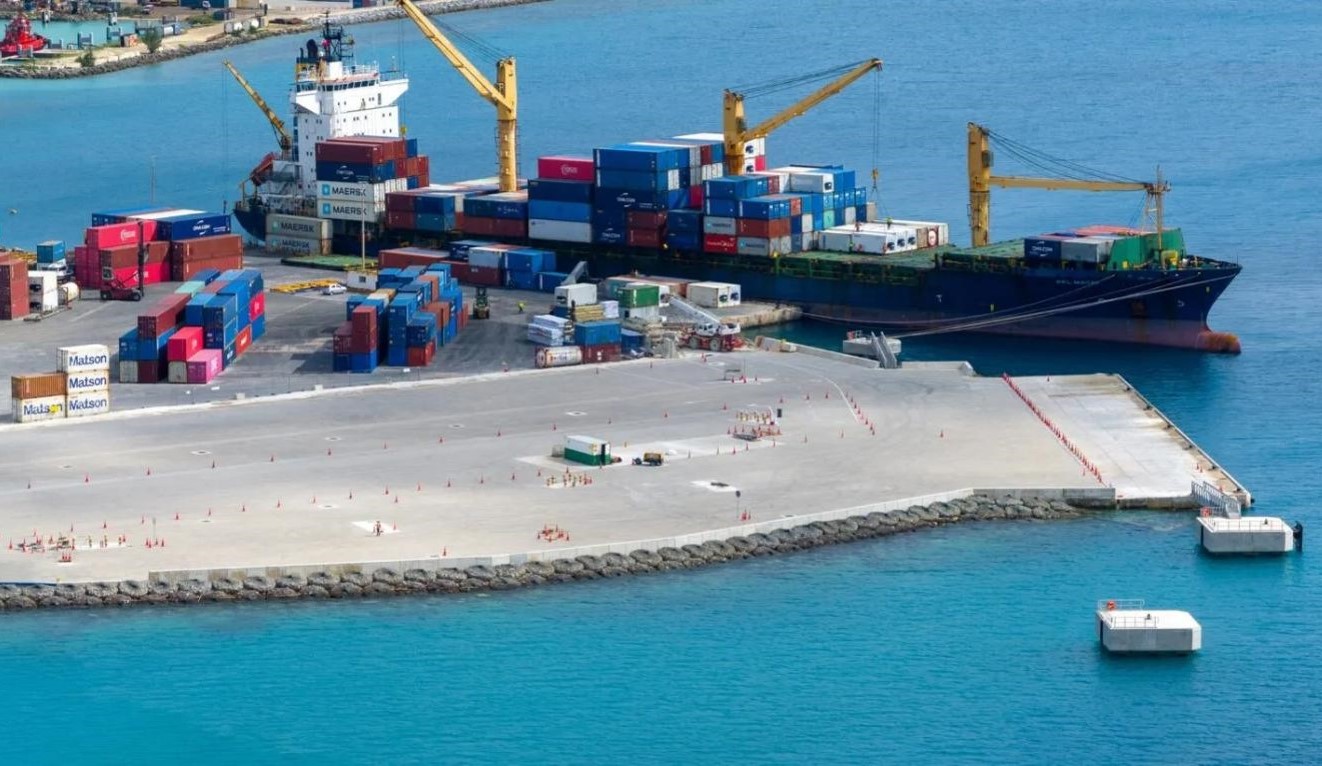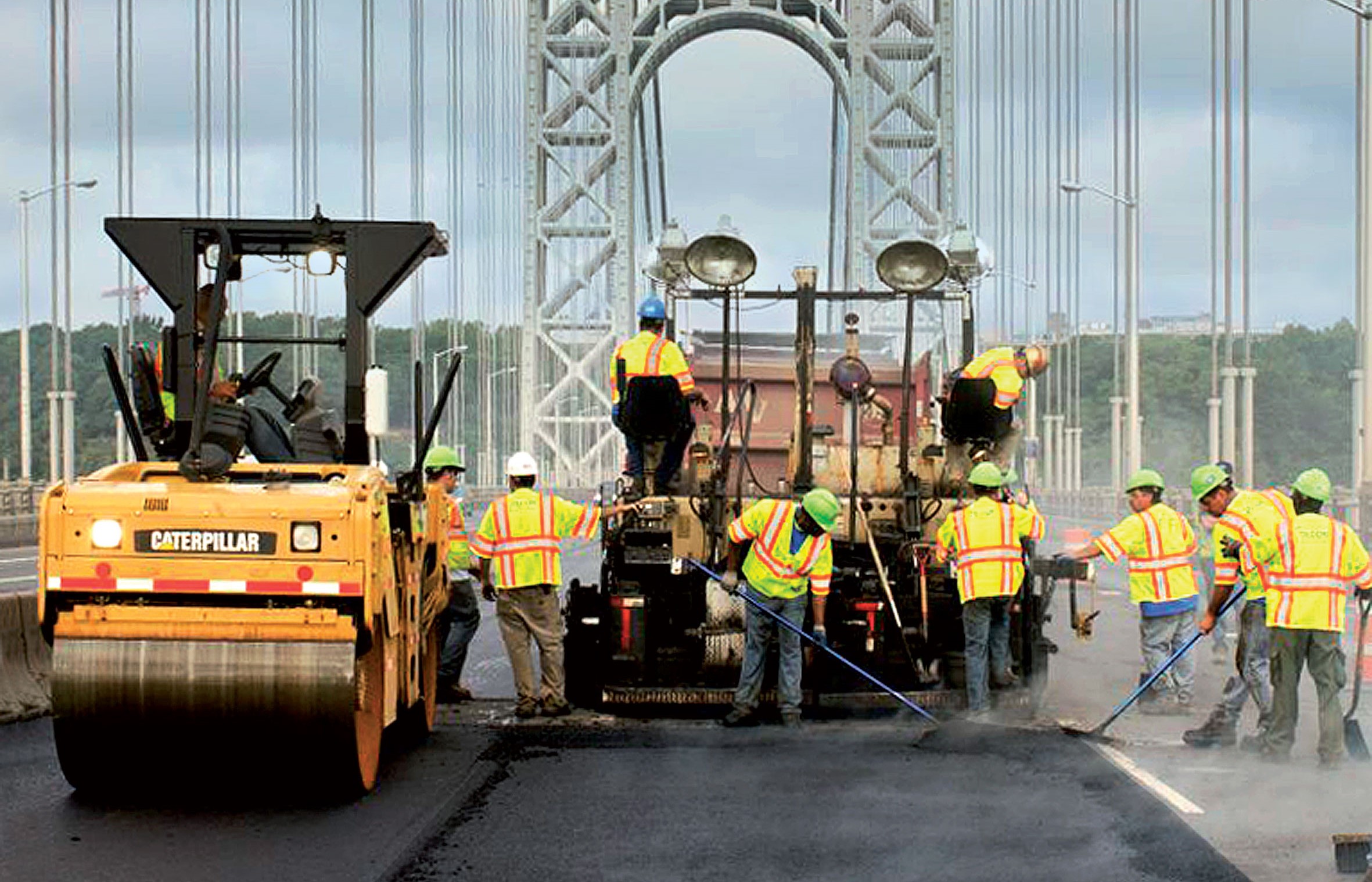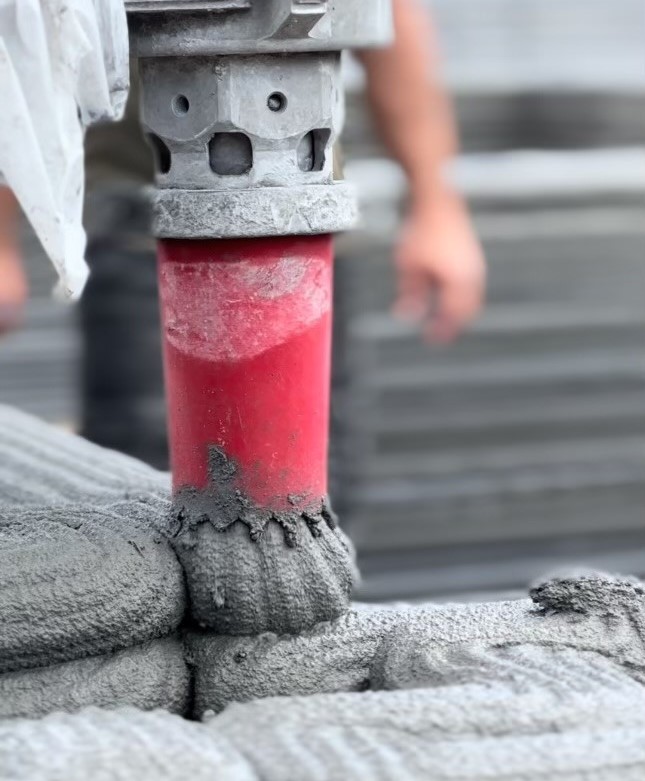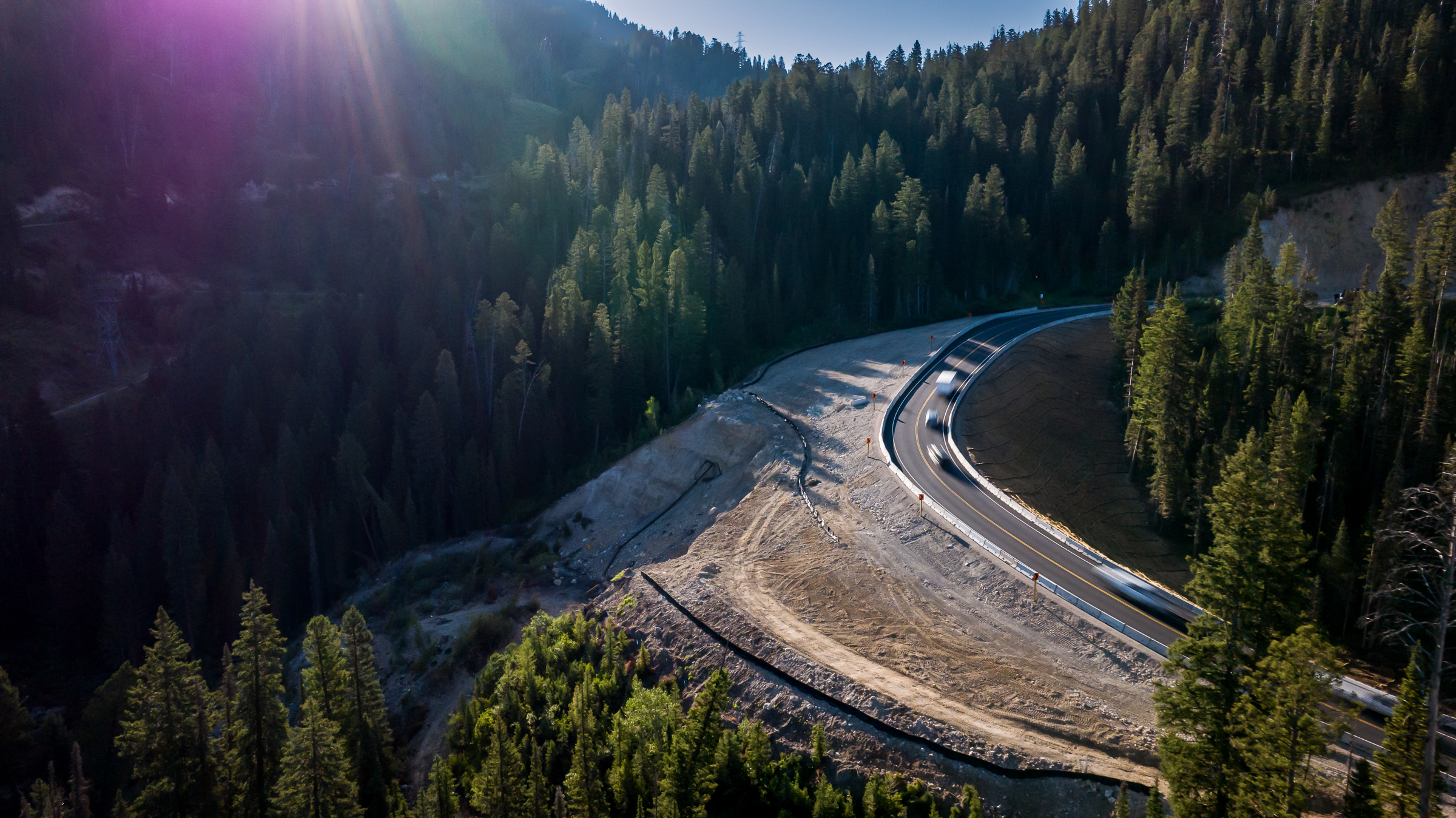The Pinnacle of Paving: A Runway Success Story at Newcastle Airport
CRH Company, Tarmac, leveraged its deep technical expertise in airport infrastructure to meet one of the most challenging paving projects to date.
The project required the milling and repaving of a 1.5-mile runway, requiring more than 38,500 tons of new asphalt, as well as the installation of 22 miles of electrical cabling.
The catch? The project had an almost impossible 6-hour operational window.
Project Snapshot
Division: CRH International
Location: Newcastle, United Kingdom
Product Type(s): Asphalt, Paving & Construction
In what Tarmac are proudly labelling, the ‘pinnacle’ of paving, crews were entrusted to complete the reconstruction and rehabilitation of Newcastle Regional Airport’s sole 1.5-mile runway, with just a 6-hour operational window.
This high-pressure environment demanded a meticulous approach and involved an experienced 100-strong team continually turning the runway into a busy construction zone at 11.00pm, and back again at 06.00am for normal flight patterns to resume.
The work was carried out in sections, with the crew monitoring the precise production and delivery of asphalt production in real-time, to ensure a continuous supply of material on site, in the timeframe allowed.
A High Specification for Durability
The team reconstructed the central 65-foot section with a binder course to approximately 6-inch depth, then resurfaced the runway’s full 150-foot width.
All up, a total of more than 38,500 tons of Marshall asphalt were provided, to meet the high specification – a durable mix capable of withstanding the weight and speed of daily aircraft, while remaining resilient to the chemicals used at the airport to de-ice the surface in winter months. To achieve the rigorous specification, a polymer modified bitumen from Shell was selected, to provide a more durable alternative to traditional bitumen and helped to create a more robust asphalt mix. In addition, months of testing and trials took place, in advance of any work carried out on site.
The team at Tarmac also deployed 3D mapping technology, for greater planning control, enabling the team to achieve the highest levels of accuracy, meaning the new surface met the exact standards specified.
Integrating Smart Infrastructure
In addition to resurfacing, the project also included repainting the runway markings as well as upgrading all of the existing runway lighting with new LED technology. This required the installation of approximately 22 miles of new electrical cabling and replacing around 1,000 lights on the runway and connecting taxiways.
To allow water to drain off and remove the risk of aquaplaning, great care was taken to precisely texture the newly applied surface. Cutting grooves into the asphalt helped to disperse water quickly and increase friction for planes landing at high speeds. This process took place 72 hours after the new surface had been laid.
This marks the third consecutive time that Tarmac has been entrusted to renew the critical infrastructure, having secured previous reconstructions of the same runway in 1994, and 2008. The longstanding partnership between the business and Newcastle Airport was instrumental to the project’s success, with senior Tarmac team members having been involved in all three runway resurfacing projects, providing continuity of expertise.

